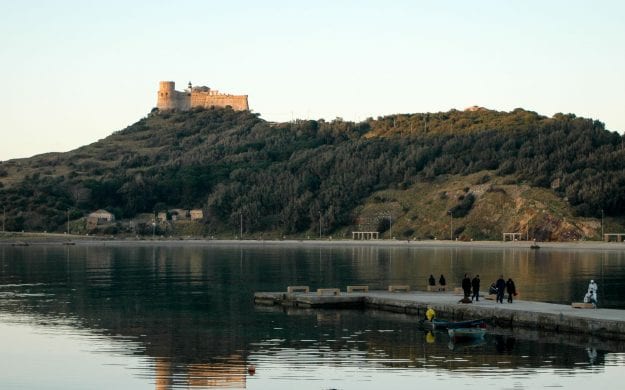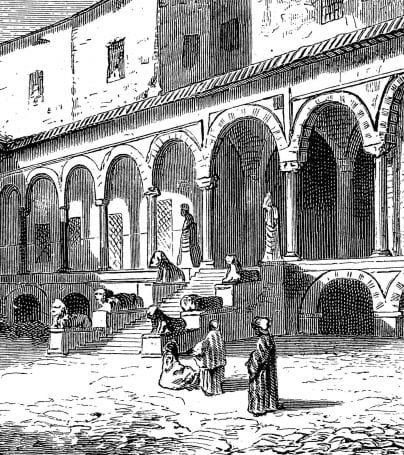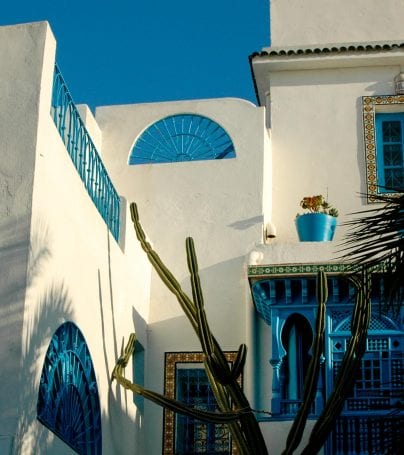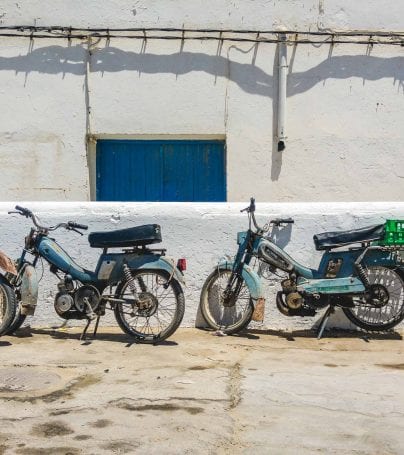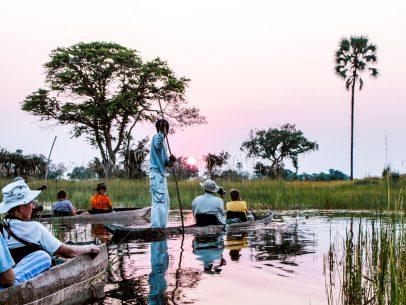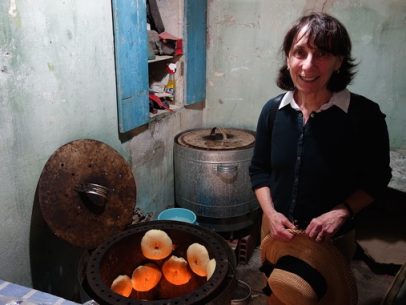Kairouan Adventure Tours
Kairouan is a Muslim holy city which ranks after Mecca and Medina as a place of pilgrimage. Located in Tunisia, about 160 kilometers south of Tunis, it is the capital of the Kairouan Governorate. It was founded by the Arabs in around 670 and the original name was derived from Arabic kairuwân, from Persian Kâravân, meaning “camp,” “caravan,” or “resting place.” In 2003 the city had about 150,000 inhabitants. Kairouan was founded in about the year 670 when the Arab general Uqba ibn Nafi selected a site in the middle of a dense forest, then infested with wild beasts and reptiles, as the location of a military post. It was to keep in check the Berber hordes and was located far from the sea where it was safe from attack. A city soon developed, with lush gardens and olive groves. Ibn Nafi was killed in battle by the Berbers about fifteen years after the military post was established. The city was soon recaptured and remained for four centuries a major holy city, the “Mecca of North Africa.” In the tenth century, the city was embellished by the Aghlabites who ruled Ifriqiya from there between 800 and 909. It was the capital in the eleventh century, and was famous for its wealth and prosperity.
About the middle of the eleventh century, the Ismaili Shiite Fatimites of Egypt instigated the Egyptian Bedouins to invade this part of Africa. These invaders so utterly destroyed the city in 1057 that it never regained its former importance. Then Mahdia became the capital under the Fatimites. Under the Ottomans, who called it Kairuan in Turkish (as in modern German), and included mention of the city in the full style of the Great Sultan (alongside broader Barbary and the new vilayet), Tunis became the capital (as seat of the Dey, next the soon ever more autonomous (Basha) Bey), and remains so in modern Tunisia. In 1881, Kairouan was taken by the French, after which non-Muslims were allowed access to the city.
The souk (market place) of Kairouan is very famous; it is in the medina, which is surrounded by walls, and of which the entrance gates can be seen from afar. Products that are sold here include carpets, vases, and goods made of leather. As with merchants in most major Tunisian cities, Kairouan merchants rely on tourism for much of their income. The city’s other main site is the Great Mosque, which is said to largely consist of its original building materials. In fact most of the column stems and capitals were taken from ruins of earlier-period buildings, while others were produced locally.
There are 414 columns in the Great Mosque. Almost all were taken from Roman ruins.
Customize Your Dream Adventure
We are here to help craft tailor-made adventures for individuals, couples, families, and groups of explorers.

